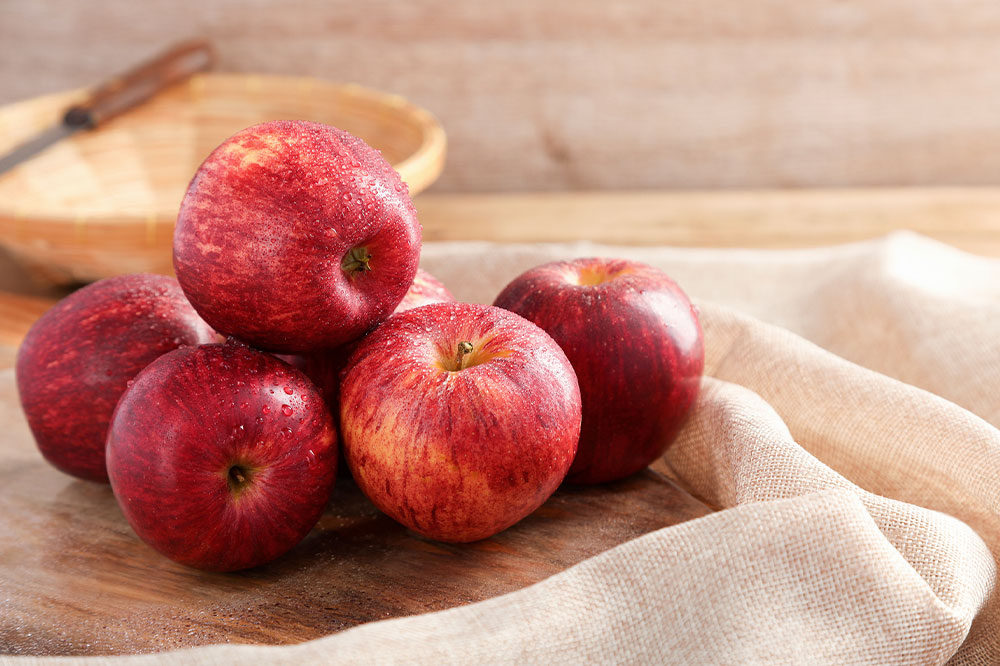6 toxic plants to keep away from dogs

It has become the norm to keep ornamental at home, especially since they beautify the space tremendously. But, if you are a pet parent, you must exercise caution in picking the potted plants you want. While some plants can cause vomiting or dysentery, a few can cause respiratory, digestive, neurological, or cardiac problems, leading to death. If you have become a pet parent recently, here are six plants toxic to dogs to note:
6 plants that dog parents must take note of
Sago palm
Sago palm is a very popular ornamental plant for indoor and outdoor spaces. It is known by many names like coontie palms or cardboard palms and is part of the Cycads group of plants. It contains multiple toxins, including cycasin and BMAA. Every part of the sago palm is toxic for your dogs, and the seeds can be the most dangerous. If a dog ingests even a small amount of any part of a sago palm plant, it can affect its nervous system, liver, or gastrointestinal system. You may see symptoms within 15 minutes or many hours. The most common reaction is gastrointestinal irritation, with initial symptoms like drooling, vomiting, and diarrhea. It can also lead to serious complications like neurological problems, resulting in weakness, seizures, and tremors. If your dog has accidentally ingested any part of this plant, it is imperative to visit the vet immediately and begin an aggressive treatment and decontamination process.
Castor bean plant
The castor bean plant is a pretty-looking wild plant; the oil from its seeds is used as a remedy for constipation. Some also use it as an outdoor decor plant. However, if you are a dog parent, you should avoid having it in your home, as the castor bean is quite toxic to dogs. Dogs tend to get attracted to the pods and relish the bean, which contains ricin, a lethal toxin. You may see vomiting, nausea and diarrhea symptoms within 12 to 48 hours of ingestion. Depending on the number of beans they eat, dogs may also have seizures, go into a coma, or face fatality. Vets provide supportive care by administering intravenous fluids and antibiotics to improve the symptoms as there is no antidote for ricin yet.
Cyclamen
Cyclamen contains saponins; a toxin concentrated in its roots and tubers. If your pup or dog has eaten lots of these parts of the plant, it can lead to severe cardiac problems. Excess saponin can cause abnormal heart rate and rhythm, seizures, and death. If your pet dog has only ingested a little bit, you may notice symptoms like diarrhea, drooling, and vomiting. Take them to a vet at once if you notice any of these symptoms and if you are unsure how much Cyclamen they may have eaten, mention that.
Dumbcane
Dumbcane is a hardy plant whose bright foliage cheers up indoor and outdoor spaces. The leaves contain oxalic acid, needle-shaped oxalate crystals, and asparagine protein. The toxin is more commonly found in the leaves and stems. If your dog has ingested dumbcane, you may notice continuing pawing at the face due to inflammation, restlessness, drooling, loss of appetite and respiratory issues. The toxin can be life-threatening, and if untreated on time, it can lead to death. Dumbcane is toxic to humans and most pets; hence, avoid them or place them in areas where children or pets cannot reach them.
Water hemlock
Water hemlock is one of the most toxic plants in the country and can harm all pets and livestock. It is most commonly found in damp and marshy lands, irrigation channels, and riverbanks. If you live in these areas, ensure that you do not allow your dog to be free near the marshes. Water hemlock contains the toxin cicutoxin, with the roots having the highest concentration of it. The toxins impact the brain and central nervous system. If your dog has ingested it, you will see symptoms like drooling, weakness, nervousness, dilated pupils, breathing difficulties, and cardiac changes. It may also lead to respiratory paralysis, causing death.
Oleander
Oleander is a popular, elegant plant with beautiful flowers. However, it is undoubtedly harmful to your pets. Every part of oleander is dangerous, as it contains a toxic compound called cardiac glycosides, with the roots and seeds having the highest percentage of it. If your dog eats the leaves or the flowers, it can slow down their heart rate and potentially lead to death. Some dogs can also have GI tract problems and hypothermia.
Several times, dogs can also be victims of flea and tick attacks. This makes them prone to itchiness, inflamed skin, rashes, and irritability. Given below are some top prescription options that help manage and further prevent flea, tick, and heartworm infestation in dogs.
BRAVECTO®
BRAVECTO® is one of the leading options to treat tick and flea infestation, and it is effective for 12 weeks. It can be used for topical application or as an orally-ingested option.
Simparica TRIO
Simparica TRIO is a chewable tablet that contains three ingredients proven to offer total protection against ticks and flea infestation, heartworm diseases, roundworms, and hookworms. It is also effective in killing deer ticks that may cause Lyme disease.
Advantix®
Advantix ® is a topical option for dogs that repels and kills multiple parasites like ticks, fleas and their eggs, mosquitos, flies, and lice. You can apply it monthly to protect your dog and puppies (7 months and older) from diseases like heartworms.
For added protection for their dogs, especially in the case of accidents and illnesses, owners must also consider investing in pet insurance. These policies provide coverage for various veterinary costs, allowing for reimbursement and access to the best possible healthcare.









